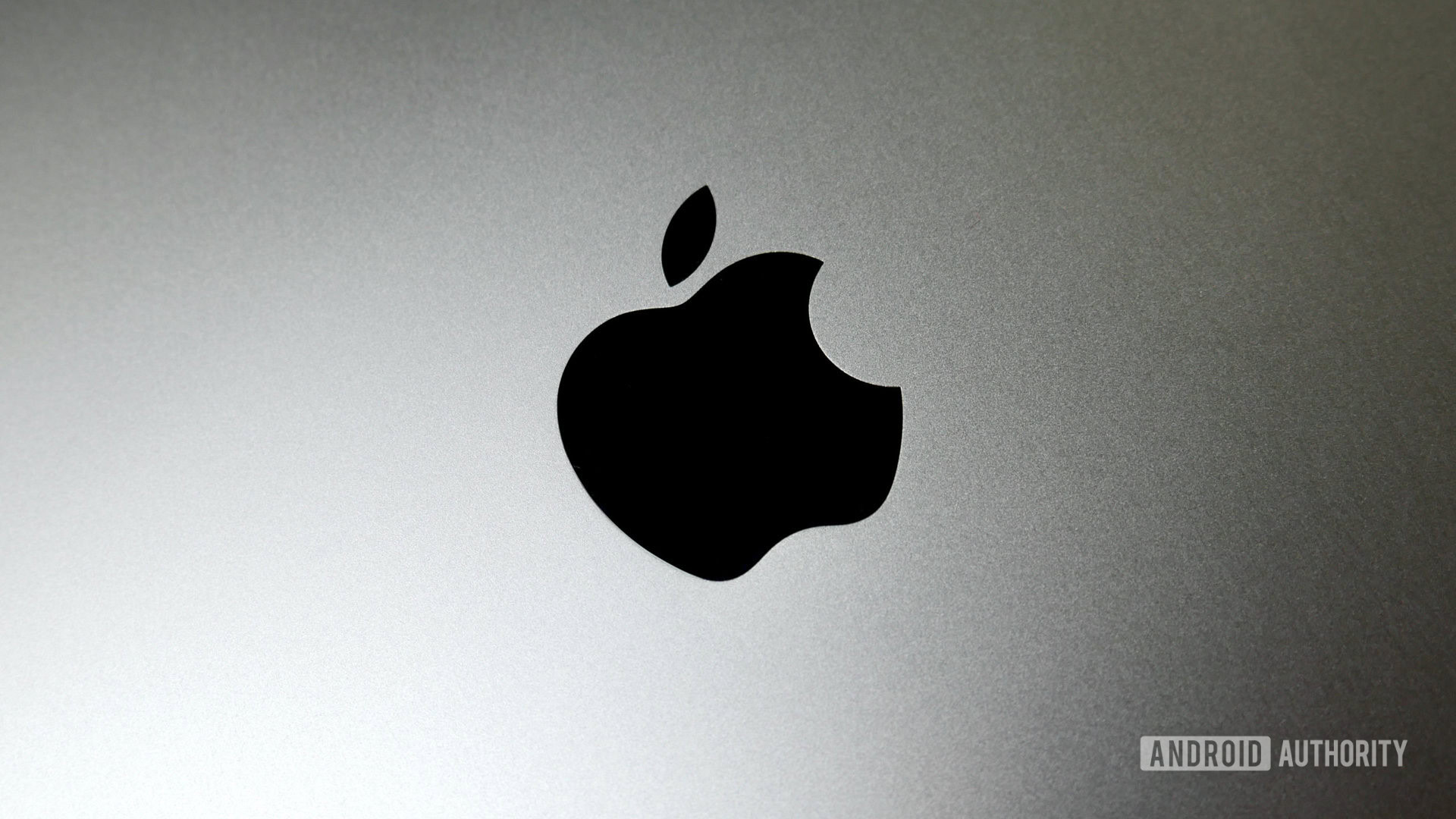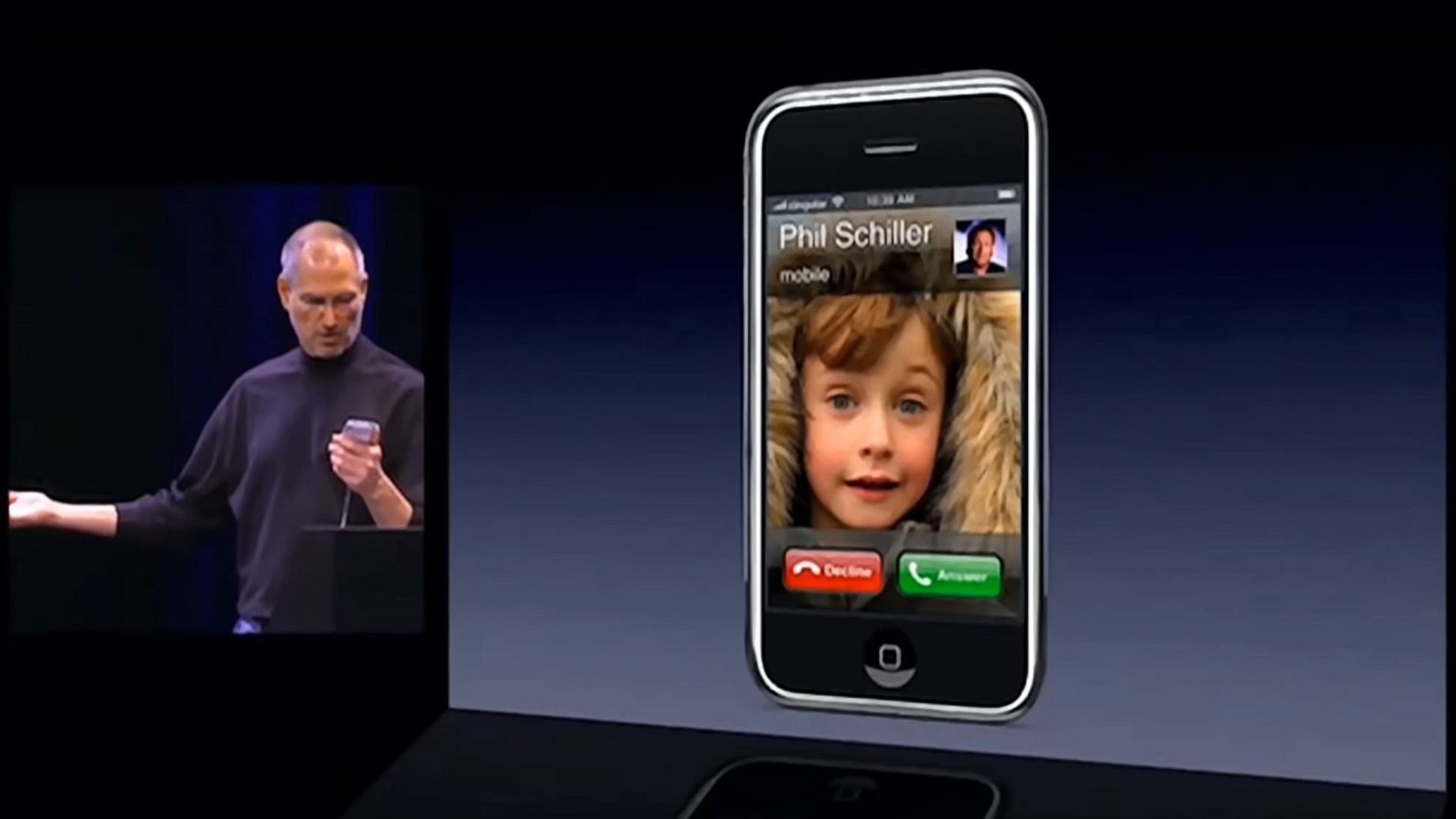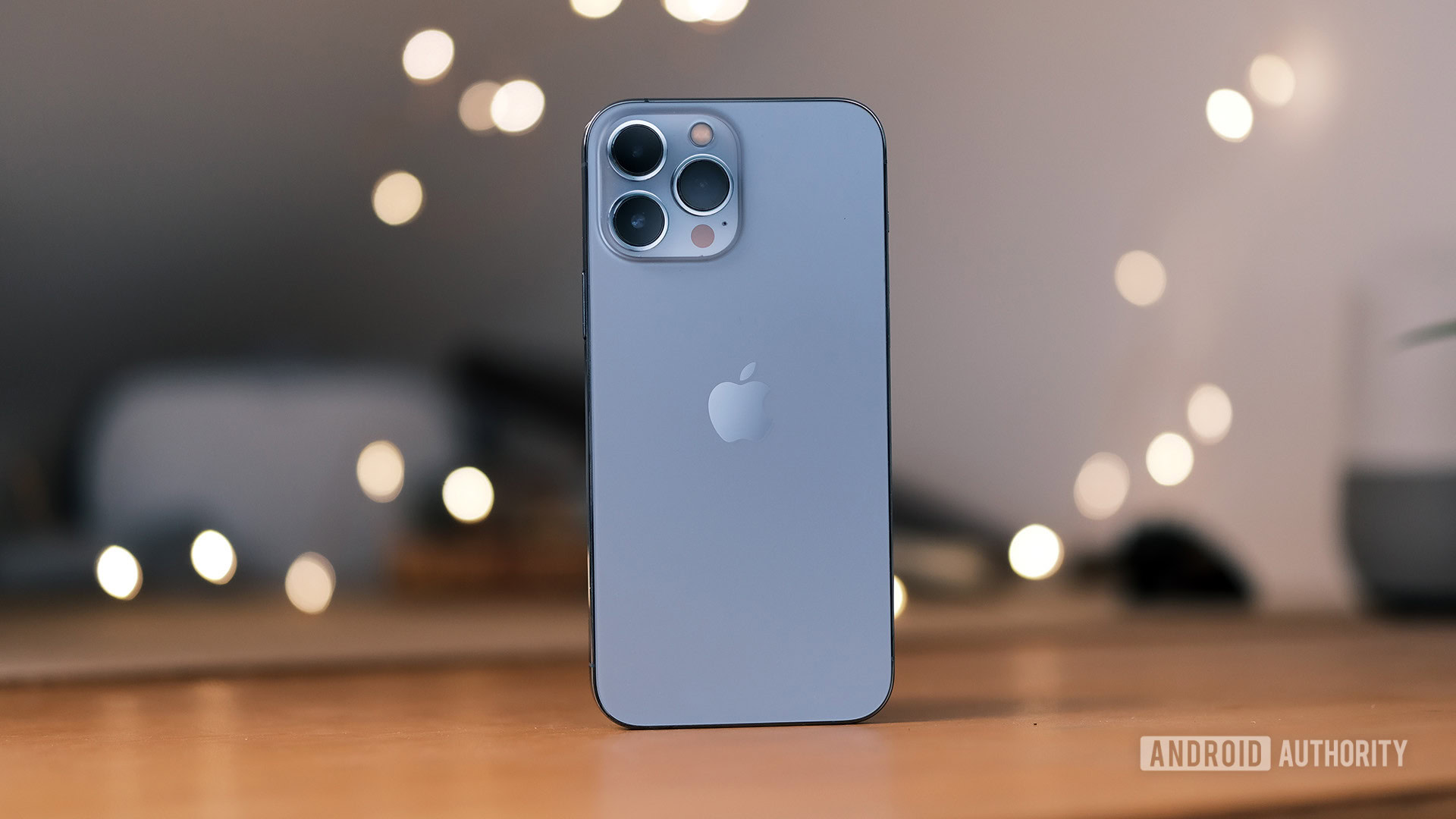Affiliate links on Android Authority may earn us a commission. Learn more.
When was the first iPhone released?

“An iPod, a phone, and an internet communicator.” This was Steve Jobs’ description of the first iPhone, a revolutionary product that would shape the smartphone market and inspire manufacturers for years to come. It feels like ages have passed since this iconic tech gadget launch, and we know many of you are wondering exactly when the first iPhone launched. Let’s reminisce and look back at what could be the most important device in mobile tech.
QUICK ANSWER
Apple announced the first iPhone on January 9, 2007. The official release came over five months later, on June 29, 2007.
JUMP TO KEY SECTIONS
When was the first iPhone released?

The first iPhone was announced on January 9, 2007, at the Macworld convention in San Francisco, CA. It took some time to hit the shelves, though, with its official release date taking place on June 29, 2007.
Steve Jobs, then Co-founder and CEO of Apple, took the stage to announce something that would change mobile technology forever. Cellphones, portable music players, and internet devices were separate products at that time. The smartest cellphones around were Sidekicks and Blackberries. Reminder: they weren’t very smart.
You can imagine the public’s reaction when the first iPhone hit the stage. Not only could the device replace multiple gadgets, but it also did so gracefully. The design was very sleek and futuristic for its time. It also came with a “large” 3.5-inch capacitive touchscreen. Navigation and operation were as intuitive as they get. In fact, not much has changed about the tried and tested UI since then. And it even came with a 2MP camera!
While those specs may sound ridiculous now, they were very impressive then. Many of the features were unheard of in the smartphone world. The thing was something else, and its price reflected that. The base 4GB version costed $499, or you could upgrade to the 8GB iteration for $599. And get this: you had to get them on a 2-year contract through Cingular, which was Apple’s exclusive partner for the iPhone in the USA.
In fact, pricing was one of the main reasons why some industry leaders and journalists believed the iPhone would fail. Microsoft’s CEO at the time, Steve Ballmer, was very open about his belief that the iPhone would be a flop. He would argue that Windows Mobile phones were better for messaging due to their physical keyboards, and were much more affordable.
What changed in over 15 years of iPhones?

Apple’s iPhone lineup has recently turned 15, and the latest iterations are worlds apart from what we saw in the first iPhone. For starters, pricing has changed significantly. The newest iPhone 13 series starts at $699 for the iPhone 13 Mini, and the standard iPhone 13 costs $799. Things can get a bit ridiculous once you move to the iPhone 13 Pro and iPhone 13 Pro Max, which start at $999 and $1,099, respectively. That’s much higher than the $499 we once thought was a ridiculous price tag.
Of course, Apple devices evolved with the rest of the smartphone industry. Screens got much more prominent. The largest iPhone 13 device sports a massive 6.7-inch display. High-definition displays are standard, and overall specs like processors and RAM have greatly improved. These small pocket devices now rival computers in terms of performance.
Performance and efficiency aside, we’ve also seen some major changes in iPhones. Apple switched from its old 30-pin connector to the Lightning standard with the iPhone 5 in 2012. The Lightning connector was much smaller, more resistant, reversible, and “all-digital.”
Apple introduced its Touch ID (aka fingerprint reader) with the iPhone 5S in 2013. The technology stayed alive until 2017, with the introduction of the iPhone X, which replaced Touch ID with Face ID (facial recognition). The iPhone X was also the first to remove the home button, a change we had hoped to see long before.
The iPhone 7 and 7 Plus also started the trend of having more than one rear-facing camera. iPhone 13 devices now come with 2-3 cameras. The iPhone 7 series was also the first to let go of headphone jacks.
To summarize, iPhones are now larger, pricier, much more powerful, and better polished. They have also proven to be a staple in the smartphone business, proving Steve Ballmer and other iPhone opposers very wrong. Six of the 10 best-selling phones in history are iPhones. And they hold a large portion of each year’s smartphone market share, usually second only to Samsung. As of the first quarter of 2022, Apple had 18% of the global smartphone market share.
Not convinced?: Here are the best iPhone 13 alternatives
FAQs
The first iPhone was announced on January 9, 2007, during the Macworld convention in San Francisco, CA.
The first Apple iPhone was released on June 29, 2007.
Yes! The first iPhone came with a capacitive touchscreen, which was rare in its time. This allowed the phone to have multi-touch capabilities and better touch performance.
The first iPhone came with a single 2MP camera on the rear. This made it a good camera phone, but it had no selfie camera. Video calls and selfies just weren’t as popular then.
You can probably find the first iPhone used on websites like eBay. That said, the phone is archaic by today’s standards. You won’t enjoy using it, and you should only buy it if you want to keep it as a souvenir.